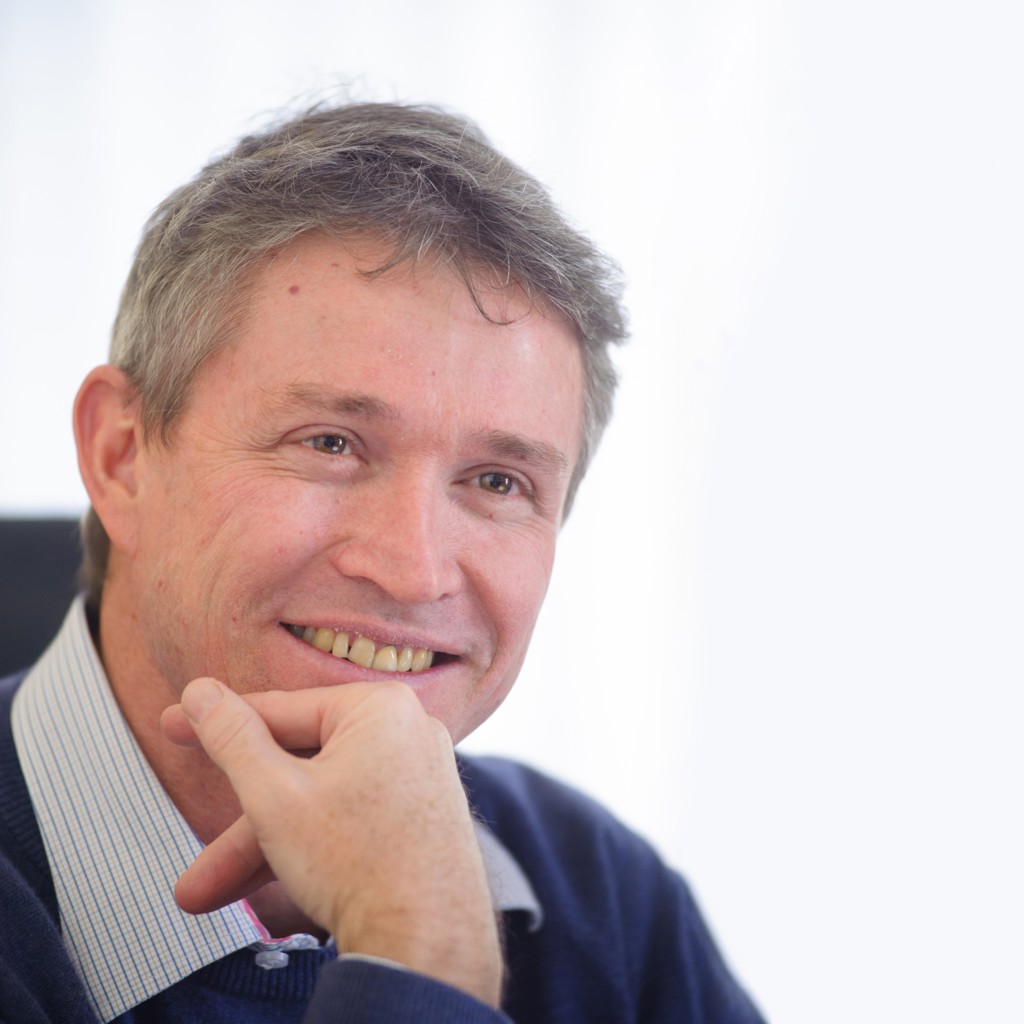Andrew Forbes
University of Witwatersrand, South AfricaFor significant contributions to structured light at the classical/quantum regimes, as well as directly at the source in the form of novel lasers, thereby serving as a role model for Africa.

“The important thing is to do something really well. If you are good at something, people will notice,” says Andrew Forbes.
His most exciting discovery to date was the digital laser. Generally, lasers are fixed devices and physicists change the shape of the laser by placing a beam-shaping device in front of it. Andrew and his students developed a way to build the special light modulator into the device instead of putting it in front of it. This means that the beam shape is can be changed electronically which avoids time-consuming setups. The beam is shaped with a computer. This innovation gained international recognition and, closer to home, Andrew notes that this is the discovery that allowed his mother to understand his work.
Although he is currently a professor at University of the Witwatersrand in Johannesburg, South Africa, Andrew’s path into academia was not traditional. He was always interested in science and loved astronomy, which led him to physics. He found photonics interesting and thought it could be the basis of a successful career. So instead of doing a post-doctoral program after his PhD, Andrew started a company with his friends to build lasers. Being in a small start-up company meant he took on a number of roles, including janitor and webmaster, outside of his research responsibilities. Eventually, they sold the company and Andrew went to work for a research institute as an applied researcher before moving to academia and becoming a professor. “I can’t believe I get paid to do what I do,” he says. “It’s a perfect job—I get to explore and dream.”
Andrew notes that there is unbelievable potential in optics and photonics. Technology has advanced greatly and while one might think that everything has been done or discovered, it is clear that this is not the case. Andrew says that this era is being called the “century of the photon” as many devices, currently based in electronics, are switching to the photonics realm. An example of this is the television. In about a decade, the television has gone from an electronic device to a photonic one with the use of LED displays. Andrew predicts that photonics will soon take over the electronic space.
He thinks, “there is almost limitless potential for photonics.” Photonics touches on a number of different branches of science and a basic knowledge of photonics is critical in many fields. At one time, no one thought that photonics would impact the science of gravitation waves and black holes, but the LIGO laboratory proved that photonics is vital to this field. Andrew adds that “in the last decade, a number of Nobel Prizes have been related to photonics.” He explains that the photonics field is unique in that it offers professional success via both practical applications and groundbreaking research.
While South Africa is relatively far away from other scientists in the field, Andrew understands that collaborating is crucial to the scientific process. Collaborators can check ideas, bring new ones to the table, and contribute different skill sets to the team. In South Africa, they make an effort to bring people there as well as participate in conferences and events outside the country in order to avoid isolation. Andrew says that optics and photonics is fortunate to have such robust professional society activity in the field and adds that OSA makes life as a scientist and academic easier as all of the information—student chapters, outreach efforts, conferences, and journals—is in one place.
His advice to students is “Be creative, take risks, dream, and think differently from everyone else.” This is the path to advancement and success.
Profile written by Jeanette Gass
